John Hurrell – 24 July, 2018
The work physically is monumental—a ten metre long, weatherboard, colonial dwelling—though militarily for defence it is worthless. Conceptually it exalts the temporary camp of Te Puea on Vauxhall road, Devonport, outside the Narrow Neck barracks in June 1918—for its moral support for the incarcerated Waikato prisoners resisting conscription—and jeers at the perpendicular Firth Tower, made of concrete in Matamata in 1882.
Brett Graham is well known for his early imposing hand-carved (or cast iron) sculptures and politically hard hitting installations, and following on from his interest in weaponry and post-colonial symbolism, this show might well be his most physically and intellectually impressive work to date. It dominates the downstairs Two Rooms gallery, hiding the two central columns with a white monolithic fort that has multiple gun embrasures for defenders, and soft (‘bullet-friendly’) pine planks for attackers.
Oozing paradox, the ‘fort’—via an eloquent essay by Anna-Marie White—praises the pacifist beliefs of Princess Te Puea Herangi (1883-1952), and mocks the land-grabbing greed of Auckland businessman, Josiah Clifton Firth (1826-1897). In the wake of the many recent commemorations of Gallipoli and other battles of World War 1, Graham presents a counter memorial, a monument and anti-monument combined. It is both celebratory and sardonic.
This spectacular but ineffective redoubt might initially be regarded as an ‘unmonument’ as discussed in the New Museum exhibition unmonumental (2007) which looked at North American sculpture and installation—mostly in the Robert Rauschenberg tradition—but there really is no connection. The work physically is monumental—a ten metre long, weatherboard, colonial dwelling—though militarily for defence it is worthless. As mentioned, conceptually it exalts the temporary camp of Te Puea on Vauxhall road, Devonport, outside the Narrow Neck barracks in June 1918—for its moral support for the incarcerated Waikato prisoners resisting conscription—and jeers at the perpendicular Firth Tower, made of concrete in Matamata in 1882.
On the gallery walls Graham presents eight laser prints (engraved on macrocarpa) showing blocks of confiscated ‘rebel’ land allocated by the government to soldiers who served in the Land Wars, many of whom sold it to speculators who then divided it up into smaller allotments to be sold at high prices. The names of the dispossessed parties in these engravings surround ‘negative’ collective maps of their original territories located in Waikato, Thames Valley and Tauranga. These names are very pale, as if faded and bleached out of colonial history. Nevertheless they are clearly legible.
With the wall engravings, the installed towering structure that they surround becomes bluster, a sort of ineffectual symbolic scarecrow to frighten off those who might challenge the huge estate on which it hypothetically sits. The eight maps of dispossessed land added together are represented by the gallery space defended by the ‘redoubt’.
An exceptional show, this is Graham at his very best. The physical presence of his bizarrely ambiguous construction draws you in to deal with its attendant ideas on the walls, centering on Waikato history and colonial injustices. Wonderful work.
John Hurrell
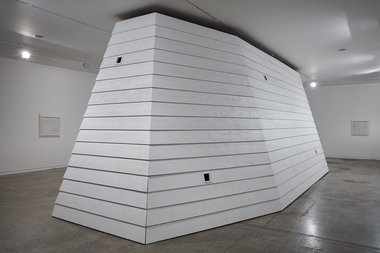

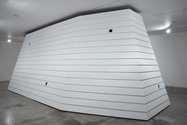
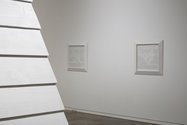
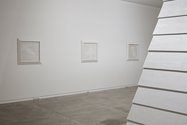
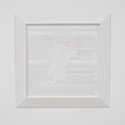
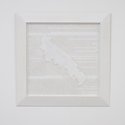
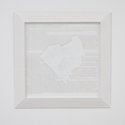
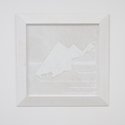
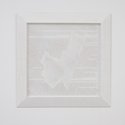


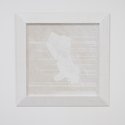
 Advertising in this column
Advertising in this column Two Rooms presents a program of residencies and projects
Two Rooms presents a program of residencies and projects



This Discussion has 0 comments.
Comment
Participate
Register to Participate.
Sign in
Sign in to an existing account.